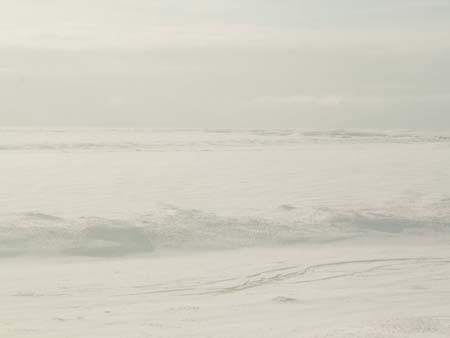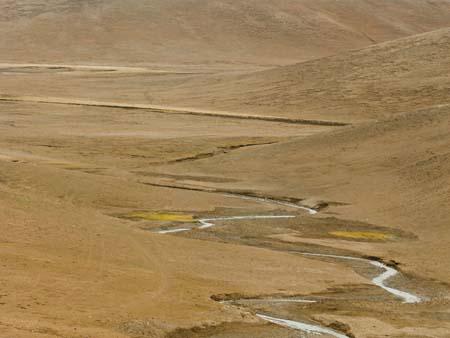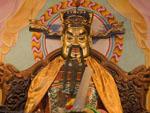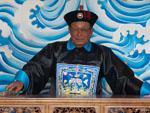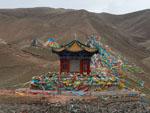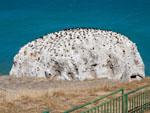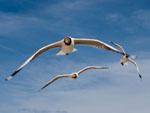From Xining we caught a train to Lhasa, Tibet province in China, we chose the hard-sleeper, and even though it was the most we had paid at 500 Yuan (plus 200 Yuan booking fee), it was the worst seats we had, with six bunks per room. Naturally, we were left with the middle beds that were so low you couldn’t even sit upright. Fortunately, this then meant we would spend most of our time outside the room which meant we spent a lot of time looking at the beautiful scenery. The train to Lhasa is the world’s highest elevated train, reaching 5072 metres above sea level over the Tanggu La Pass.
thydzikgooglemap(http://sonyaandtravis.com/maps/xining-china-to-lhasa-tibet-china.xml)
- Tanggu La Pass
When of the requirements when entering Tibet is all foreigners must have a guide, because of this we booked our first multi-day tour with Tibet Highland Tours. We booked a nine day tour of Lhasa, then Everest Base Camp to Nepal border for 10,650 Yuan (the majority of this cost was the cost of the four-wheel-drive driving as around one thousand kilometres from Lhasa to the Nepal border.
On arrival at the Lhasa train station we were greeted by the Chinese SWAT and police who made sure that our guide was there to meet us (we learnt that the entry and exit were the main formalities, travelling around Lhasa could be unaccompanied). We met our Tibetan guide Demdah who gifted us with traditional white silk scarfs (Khata), and introduced us to our driver before heading to our hotel.
The below photos were the best we could take from our train’s dirty window.





































































































